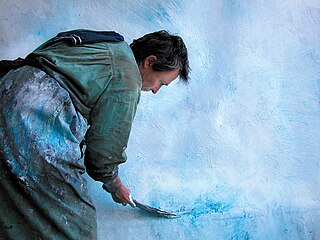 W
WLydie Arickx is a French artist.
 W
WRenée Aspe was a French artist who lived and worked in Toulouse and Sète.
 W
WGeneviève Asse is a French painter.
 W
WJules de Balincourt is a French-American contemporary artist, based in Brooklyn, New York. He is best known for his abstract, atmospheric paintings, with saturated colors, blurring the line between fantasy and reality.
 W
WRex Barrat (1914–1974) was a French artist known especially for his landscape paintings. He was born in Varzy and died in Paris.
 W
WHenriette-Hélène de Beauvoir was a French painter. She was the younger sister of philosopher Simone de Beauvoir. Her art was exhibited in Europe, Japan, and the US. She married Lionel de Roulet.
 W
WJean Bertholle was a French painter of the new Paris School.
 W
WClaude Bonin-Pissarro is a French painter and graphic designer. He is the son of Jeanne Pissarro (1881–1948) and the grandson of painter Camille Pissarro (1830–1903). He is the father of French painter Frédéric Bonin-Pissarro, who was born in 1964.
 W
WJean Brenner was a painter from Mulhouse, France.
 W
WJean Cortot, is a French painter, poet and illustrator.
 W
WNatalia Dumitresco was a French-Romanian abstract painter associated with the Réalités Nouvelles salon of Paris after the Second World War, a movement influenced by the art of Wassily Kandinsky and Alberto Magnelli. Other abstract expressionist painters associated with the Réalités Nouvelles include Serge Poliakoff and Alexandre Istrati. Dumitresco later married Alexandre Istrati
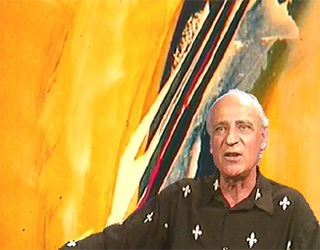 W
WPierre Fichet was a French painter.
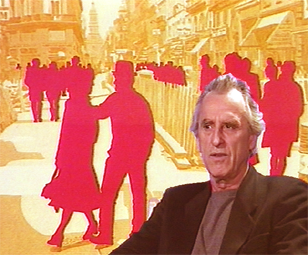 W
WGérard Fromanger is a French artist born on 6 September 1939 in Jouars-Pontchartrain, Yvelines. A painter who has also used collage, sculpture, photography, cinema and lithography, he is associated with the French artistic movement of the 1960s and 1970s called Figuration Narrative, somewhat like pop art. Fromanger has also been associated with photorealism.
 W
WFrancis Gruber (1912–1948) was a French painter and founder of the Nouveau Réalisme school.
 W
WAhmed Hajeri is a Tunisian painter.
 W
WLadislas Kijno was a French painter. Born in Warsaw, he moved with his family to France in 1925, settling in the community of Nœux-les-Mines in the Pas-de-Calais. Before becoming a painter he studied philosophy with Jean Grenier.
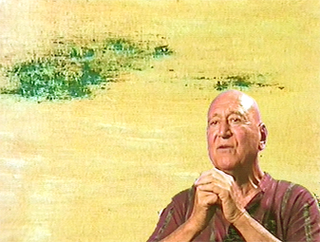 W
WRené Laubies was a Colonial French painter, translator, traveler and writer. He was born in Cholon in the Imperial French Colony of Cochin-china to a well-off family around 1917. His father was Réunionnaise French-Colonial while his mother was of solid Sinitic roots from the upland Phu-Ly Dynasty of Annamese Mandarins. Laubies died in the pauper's ward of the Government Hospital in Mangalore India on 13 November 2006.
 W
WRemy Ladoré is Rémy Lejeune’s artist name he was a French draftsman, engraver and painter.
 W
WAlain Lestié is a French painter and writer, born in Hossegor in 1944, who lives and works in Cannes and in Paris.
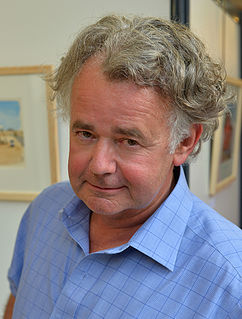 W
WJacques de Loustal is a French comics artist who uses a painterly style reminiscent of David Hockney.
 W
WLjubomir "Ljuba" Popović was a Serbian surrealist painter. He is renowned for his many erotic and unconventionally juxtaposed subject matters.
 W
WPierre-Marie Rudelle was a French artist painter who specialized in trompe l'oeil. He was commissioned by Jacqueline Kennedy to paint a pair of doors in her dressing room in the White House. He died at Paris on 28 December 2015 at the age of 83 years.
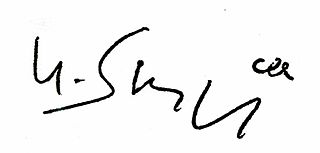 W
WGustave Singier was a Belgian non-figurative painter active in France as part of the new Paris School of Lyrical Abstraction and the Salon de Mai.
 W
WRaoul Ubac was a French painter, sculptor, photographer and engraver.
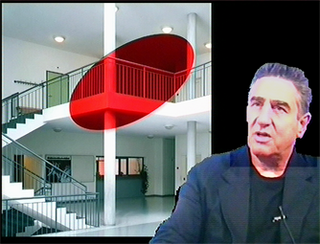 W
WFelice Varini is a Paris-based, Swiss artist who was nominated for the 2000/2001 Marcel Duchamp Prize. Mostly known for his geometric perspective-localized paintings in rooms and other spaces, using projector-stencil techniques, according to mathematics professor and art critic Joël Koskas, "A work of Varini is an anti-Mona Lisa." Felice paints on architectural and urban spaces, such as buildings, walls and streets. The paintings are characterized by one vantage point from which the viewer can see the complete painting, while from other view points the viewer will see 'broken' fragmented shapes. Varini argues that the work exists as a whole - with its complete shape as well as the fragments. "My concern," he says "is what happens outside the vantage point of view."